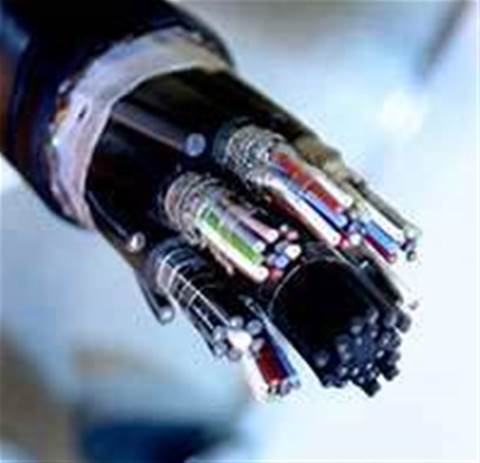Telstra has revealed plans to switch off copper services in South Brisbane by the end of 2012 as it begins rolling out a replacement fibre network in the area.
The carrier's migration of some 18,000 homes and businesses off the copper network came about as a result of the closure of the existing South Brisbane exchange, which was being bulldozed to make way for the Queensland Children’s Hospital.
All ADSL and cable broadband subscribers in five suburbs would receive the fibre upgrade. Existing Foxtel pay TV (cable) users were unaffected.
In an update on the migration, Telstra director of fixed and data access engineering David Piltz said customers would be given three months' notice ahead of copper replacement occurring in their area.
Once activated, it would be up to customers to switch their retail services through their chosen ISP.
“Anyone currently using the copper cable network for either a telephone or broadband service (or both), either as a Telstra customer or through another service provider, will need to be connected to the new fibre or they will not have a working service once the copper cables are disconnected,” he said.
As part of its preparations, Telstra has already begun migrating customers with symmetric data services to the nearby Woolloongabba exchange and upgrading street conduits ahead of the fibre rollout.
The telco would ask permission before bringing any lead-in fibre connections to premises.
It was unclear where the fibre serving equipment would be housed. A Telstra spokesman has been contacted for comment.
Telstra agreed in March to offer a Layer 2 wholesale service to its competitors on the upgraded fibre network.
The Fibre Access Broadband service would be offered in speed tiers of 8Mbps downlink/384Kbps uplink, 30/1 and 100/5.
The fibre service would also have 99.2 percent guaranteed uptime and possibility for connections through L2TP and virtual LAN tunnels.
The wholesale services were based on initial trials of offering access to fibre services in Point Cook, Victoria to other service providers from April last year.
However, iiNet chief regulatory officer Steve Dalby told iTnews that little had changed since the release of Telstra's wholesale product.
"I don't think Telstra has done anything more than what they're obliged to do by law... they're calling it a modernisation but in fact it's winding back services for any customer that's been serviced by any other provider," he said.
He criticised the wholesale service as inferior technically to the product currently offered to customers in those areas over copper, as it did not provide technologies such as the multicast base required for internet protocol television.
Rollout in the south Brisbane area would likely coincide with the NBN rollout in the city’s northern suburbs scheduled to start next month.
Telstra’s push to roll out fibre came as Communications Minister Stephen Conroy set out draft regulatory instruments for the telco’s structural separation.
Under a completed financial heads of agreement with NBN Co, Telstra would be permitted to continue rolling out fibre in areas on a equal access arrangement, but would progressively decommission its copper network once NBN Co had passed at least 90 per cent of homes with its own network in a given area.
Customers would be given 18 months once an area was deemed 'service ready' to switch to the National Broadband Network or another fibre service before the copper was switched off.







_(11).jpg&h=142&w=230&c=1&s=1)




.jpg&w=100&c=1&s=0)
_(8).jpg&w=100&c=1&s=0)









